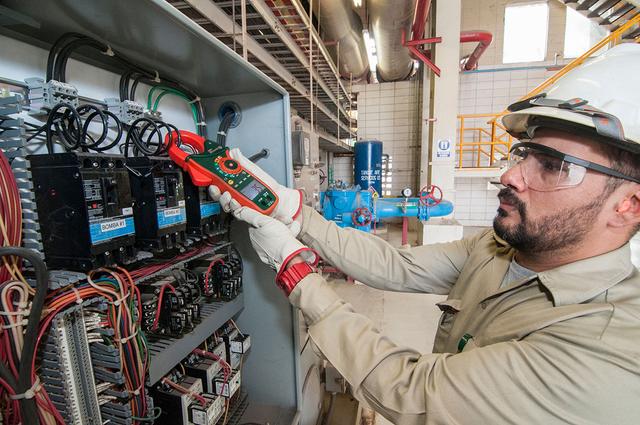Alternative Energy

Overview
The alternative energy industry began during the early 1970s and developed slowly in response to people’s growing concerns about the United States’ dependence on imported oil. Although alternative energy technologies have been in the making for hundreds of years, it wasn’t until the 1970s that scientists and the government began to seriously develop them, by creating government programs and funding for their creation and use.
Alternative energy, by definition, is any nontraditional source that meets the energy needs of consumers. Traditional sources are fossil fuels, such as oil and natural gas. Alternative sources are those that do not require the use of fossil fuels. Also, there is a difference between alternative energy sources and renewable energy sources. Not all alternative energy sources are considered renewable, although most are. One energy source that could be considered an alternative is nuclear energy. However, because it is associated with environmental and safety concerns, many people do not agree that it should be classified with other alternative sources. As of 2018, the three leading sources of alternative energy for generating electricity were wind energy, solar energy, and geothermal energy. The leading alternative energy source for transportation fuel was biofuels, which accounted for 5 percent of the nation’s primary energy use in 2018. Nearly half (46%) of this total was attributable to ethanol.
The 1970s were the pivotal years for the alternative energy industry because it was during these years that the United States’ population and its government realized that its oil reserves were finite and controlled by foreign nations. One of the events that led to public awareness of this was the formation of the Organization of Petroleum Exporting Countries (OPEC) in 1960. OPEC formed when five of the leading oil-exporter nations in the world—Iran, Iraq, Kuwait, Saudi Arabia, and Venezuela—decided to form a consortium to control the pr...




































